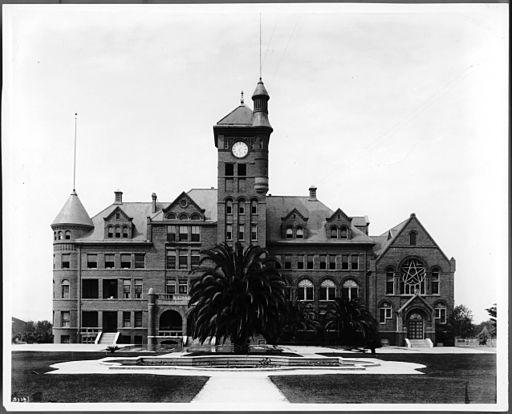[California State Reform School in Whittier, 1910]
Despite California’s steep decline in juvenile crime and incarceration rates, the state is spending millions of dollars helping counties finance the renovation and expansion of juvenile halls and camps.
The California Board of State Community Corrections (BSCC), the agency overseeing adult and juvenile correctional facilities, will give out nearly $80 million available in lease-revenue bonds to support expansion of the bed capacity in the state.
Advocates and researchers criticized the solicitation, saying that juvenile crime and arrests rates are at all time lows, and that at any given time the average county hall or camp is half full.
...Juvenile felony arrests in the state have plummeted since the bill’s passage [seven years ago, the state shifted the responsibility of non-serious juvenile offenders to local probation departments], dropping from around 66,000 to 36,400 in 2012. In 1996, 10,000 youth were housed in state-run correctional facilities; now, fewer than 700.
The shift away from state incarceration has not swelled the numbers at the county level. Juvenile halls and camps statewide operated at half of total capacity in 2013, based on the total number of beds available, according to corrections data compiled by Commonweal.
[For the rest of the story from Brian Rinker, go to https://chronicleofsocialchange.org/news/californias-hard-to-change-philosophy-on-locking-kids-up/7596]




Comments (1)